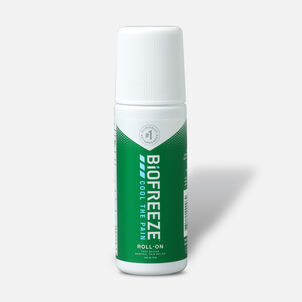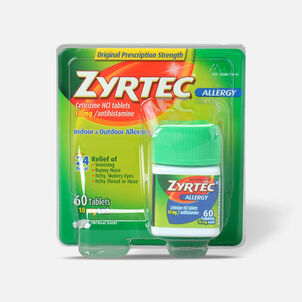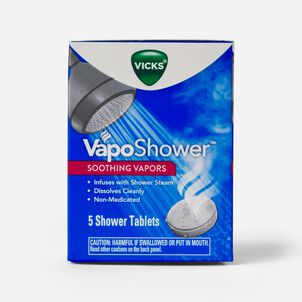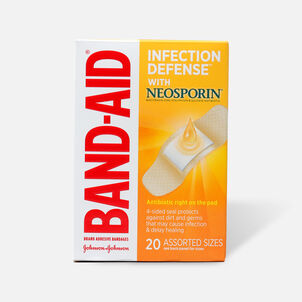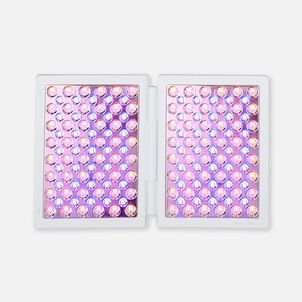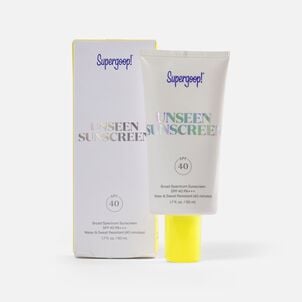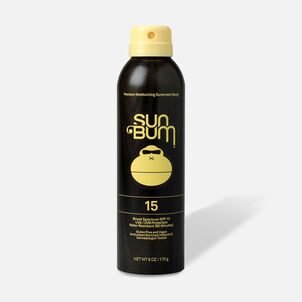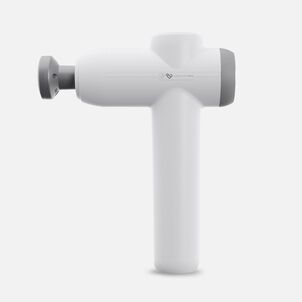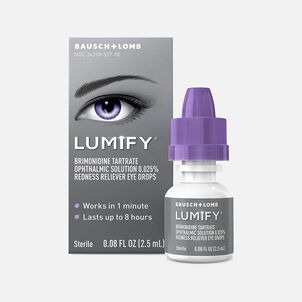Let's face it, whether you're shopping at the supermarket or online, we all have our go-to health essentials. But what you may not realize is that all of the items in your cart, including period products, may not be treated equally. A 2015 study done by the New York City Department of Consumer Affairs found a 13% difference between the price women pay for personal care products compared to their male counterparts. This gender discrimination has gone on for far too long, especially when it impacts the cost of basic period products like tampons, menstrual pads, liners and other menstrual care products.
Cue the term "pink tax."
Pink tax, tampon tax, or period tax all refer to the state sales taxes on menstrual products like tampons, pads, liners, period cups and other products that are essential to menstrual and personal health. To be clear, this doesn't mean there is a special tax or added cost to these products.
Products that are exempt from sales tax are deemed basic necessities. So when state sales tax is imposed on period products, it categorizes these products as a luxury item. This luxury tax imposes a financial burden on women's health essentials. The impact becomes increasingly obvious when you look at the cost of menstrual care products over the course of a lifetime. With the average reproductive timeline occurring from ages 12-52, while spending $60 each year on menstrual care products on average, that results in over $2,400 spent over a lifetime on menstrual care. That is a hefty price to pay especially for those who experience period poverty or menstrual inequity.
Period poverty? Yes, you heard that right. According to the Vision and Voice of Women in Medicine (AMWA), "period poverty refers to the inadequate access to menstrual hygiene tools and education, including but not limited to sanitary products, washing facilities, and waste management." With 25 million women living below the poverty line in the U.S., the price paid for these essentials becomes all the more overwhelming.
As if these period products weren't already so expensive, the thing about retail tax is that it adds up. Over 30 states across the U.S. like Tennessee, Georgia, and others participate in imposing sales tax on these products. According to Tax Free Period, Texas alone has made as much as $23.9 million from menstrual care product sales each year. State lawmakers are reluctant to make exceptions regardless of how expensive these products have become, and it's likely because of how large of a revenue driver it is for some states. Unfortunately, the 'tampon tax' is here to stay for the time being. According to Statista, the feminine hygiene products market is on trend to reach $52 billion by 2023. The disadvantage in cost of menstrual health creates a divide in gender equality and has sparked a desire to reform the cost of health care products for women.
How long has this been going on?
For far too long. A 1994 study by the state of California estimated that "the pink tax on services alone costs a woman roughly $1,350 over a year, the equivalent of about $2,135 today." This began to show that this pink tax not only exists across the basic menstrual care necessities for women, but that women were paying more for other products and services too.
The fight to abolish period taxes for all states has been contested for quite some time and has garnered strong support from activist groups, lobbyists and government officials fighting state tax laws. For years, state officials have fought state laws by proposing bills to Congress against the unfair tax levied on menstrual health products and other products and services for women.
Putting the pressure on tampon tax
The tampon tax, or pink tax, doesn't apply to just drug stores and supermarkets. Feminine hygiene products weren't always eligible in the tax-free health world. When it comes to tax-free health care accounts like a flexible spending account (FSA) or health savings account (HSA) the Internal Revenue Service (IRS) ultimately holds control over which products and services fall under the definition of "medical care" (IRS Tax Code 213(d).
According to IRS Tax Code 213(d), the term 'medical care' means "amounts paid for the diagnosis, cure, mitigation, treatment, or prevention of disease, or for the purpose of affecting any structure or function of the body." One could make an argument that feminine care products could fall under these guidelines, but historically the IRS treated them as general health items, and therefore not eligible as medical care.
For years, tax-free health care users would have access to select eligible products that would aid in menstrual pain relief such as heating wraps. Though helpful for symptoms like cramping and bloating, the actual menstrual care products like tampons, pads, and liners all fell outside of eligibility. Users could use tax-free healthcare funds to treat symptoms of periods like pain, but not the essentials to help them go about their daily lives safely and comfortably. That had to change.
After much work that has been done on the federal level, menstrual care products no longer face the discrimination they once did in tax-free health care.
As of March 2020, Congress has officially passed the CARES Act, providing economic relief for millions of Americans. (The full text of the bill can be found here.) This legislation includes a long-awaited and very important provision that is vital for FSA and HSA users: making menstrual care products eligible for the first time.
That means tax-free health users now have access to a wide variety of menstrual products from tampons to organic pads, panty liners, diva cups, and more that are now all guaranteed eligible expenses for reimbursement with an FSA or HSA.
Legislators and members of Congress led by Representative Jackie Speier (D-CA) would also make headway with The Pink Tax Repeal Act introduced under the 114th Congress in 2016. This makes it "illegal to charge men and women different prices for substantially similar consumer products and services at the national level."
On the state level, Senate Bill 92 was signed into law on June 27, 2019, which according to the California Department of Tax and Fee Administration, means diapers and menstrual hygiene products are exempt from sales tax and use tax effective January 1, 2020 to December 31, 2021.
The bill's exemption defines menstrual hygiene products as, "tampons, sanitary napkins primarily designed and labeled for menstrual hygiene use, menstrual sponges, and menstrual cups." This is a huge win for the women of California as the state has historically made up to $33.4 million from menstrual care product sales each year.
What's next for pink tax reform?
As of June 2019, 13 states have specifically exempted essential hygiene products: California, Connecticut, Florida, Illinois, Maryland, Massachusetts, Minnesota, New Jersey, New York, Nevada, Ohio, Pennsylvania, Rhode Island, and Utah. But there's still work to be done on the other 30 plus states that impose unfair sales tax on these much-needed products, you can join the fight against pink tax. The Tampon Tax Protest is an ongoing effort to eliminate the inequitable tax against these products with organizations like Tax Free Period who have resources and tools in place to take the steps in actuating change. And guess what? Change is happening.
-
Thanks for visiting the HSA Learning Center! To stay on top of all HSA news that can affect your health and financial wellness, be sure to follow us on Facebook and Twitter.


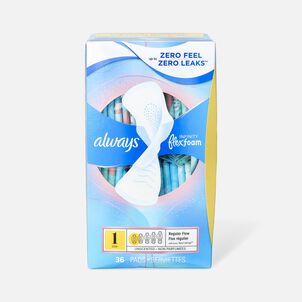
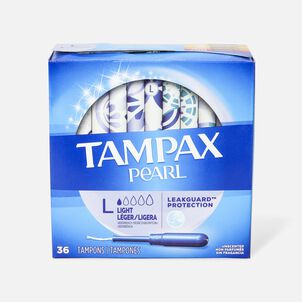
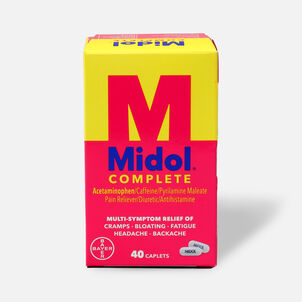
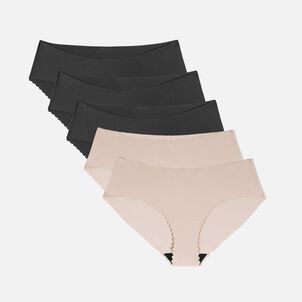
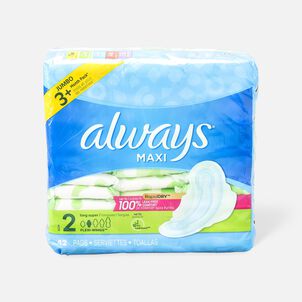
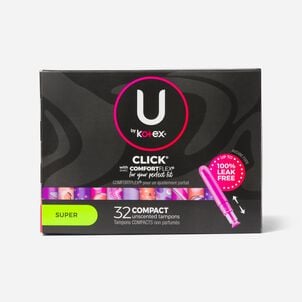
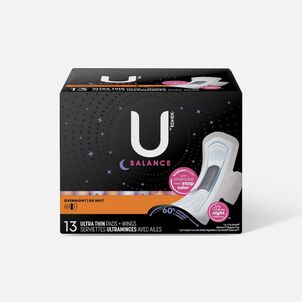
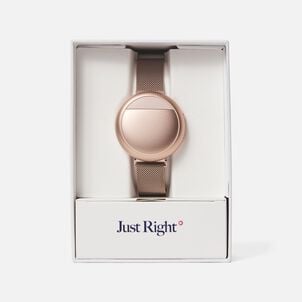
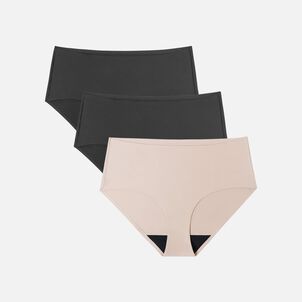
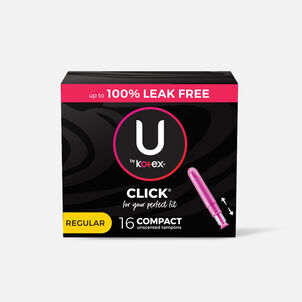
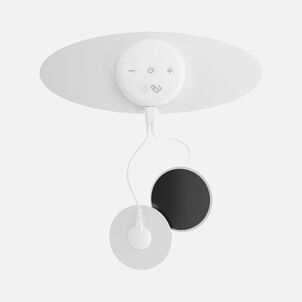
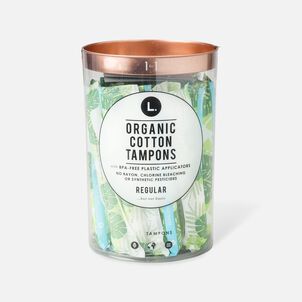
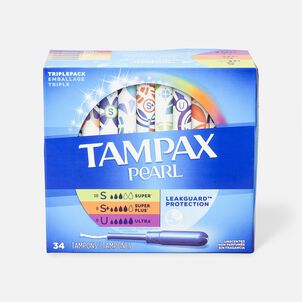
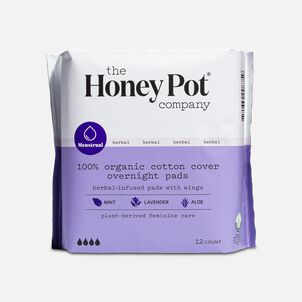
.png)

